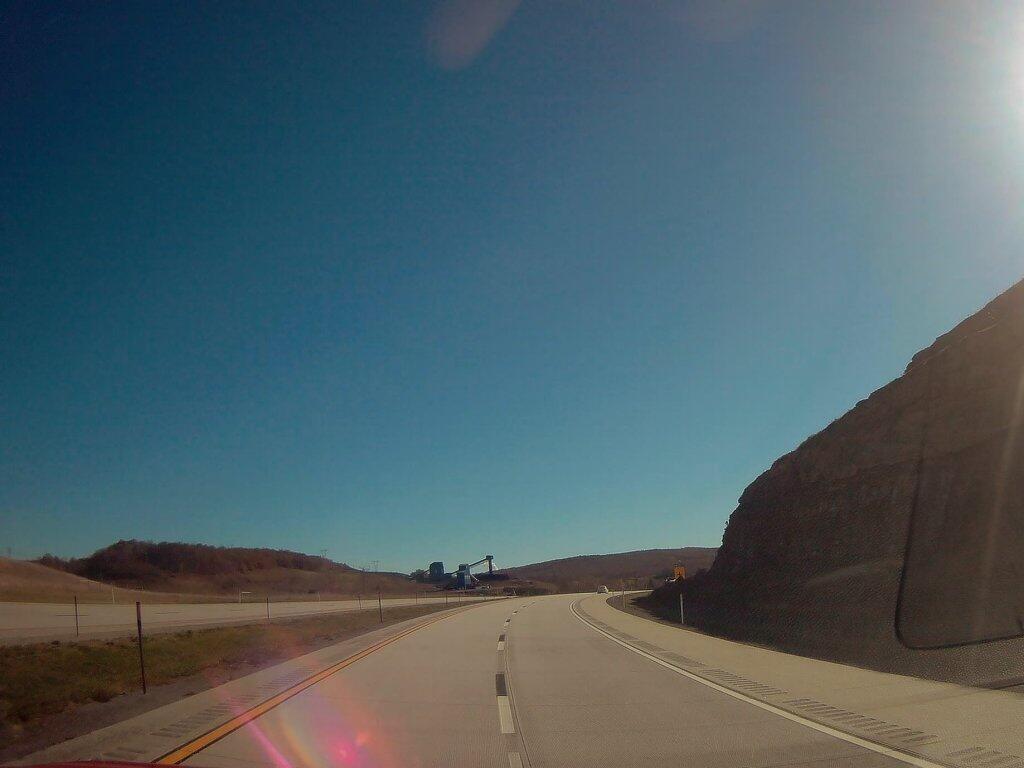U.S. Carbon Emissions Grew in 2022, Even As Renewables Surpassed Coal – The New York Times
U.S. Carbon Emissions Grew in 2022, Even As Renewables Surpassed Coal – The New York Times
Emissions ticked up 1.3 percent even as renewable energy surpassed coal power nationwide for the first time in over six decades, with wind, solar and hydropower generating 22 percent of the country’s electricity compared with 20 percent from coal. Growth in natural gas power generation also compensated for coal’s decline.
